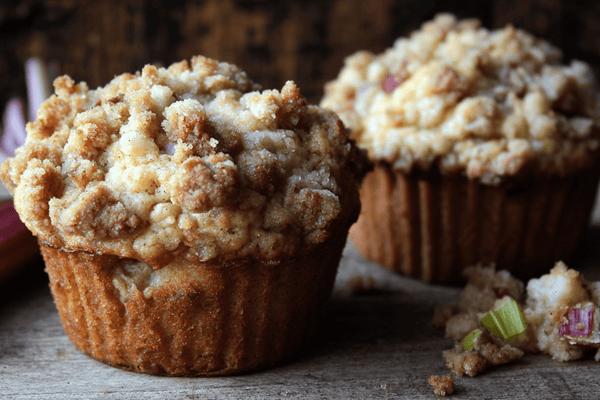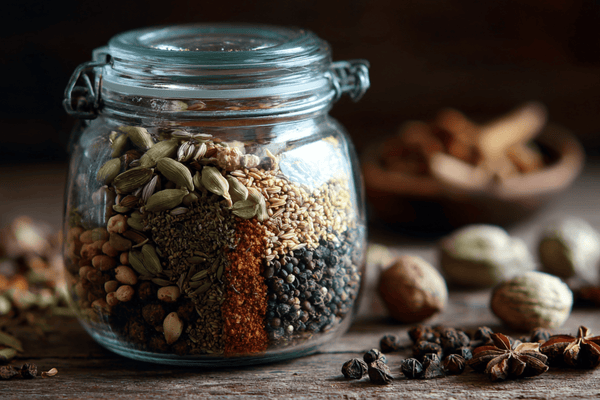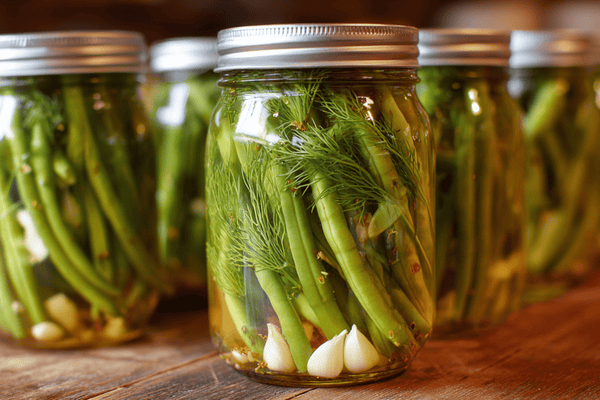
Looking for your first kitchen knife (or kitchen knife set) can be a surprisingly challenging task. Western or Japanese knife, single or double bevel, stainless steel or carbon steel?
These are just a few of the general questions that you might have and this is only considering a few of the knife's characteristics. This doesn’t take into account the dozens of knives that have very specific cutting purposes like the fact that a bread knife with a serrated edge is not something that you could easily use to chop up some tomatoes!
When choosing a kitchen knife, there are only a few basic things that you need to consider. As you become more experienced, there are then hundreds of things to take into consideration but when getting started with your first few knives, there are general things that will cover 90% of your needs.
In this article, we are therefore only going to list the truly key aspects that you need to consider when choosing a kitchen knife, and trust us, these few key points essentially cover everything.
Table of content
How to Choose a Kitchen Knife
Below, we lay out some of the essential things that you should look out for when choosing a kitchen knife. These will help you easily choose a kitchen knife based on your own specific needs.Single Knife or Set?

The most important thing to consider when choosing a kitchen knife is what you need the knife for:
● Do you prepare a lot of vegetables?
● Do you fillet your own fish?
● Do you buy meat that needs carving and deboning?
● Do you just need a knife that can do it all?
Deciding what foods you will be cutting, how often you will be using the knife and exactly what you will use it for, are your first steps to consider when choosing a kitchen knife.
For absolute beginners, new to cooking, you will likely want a chef's knife. A chef's knife is a general-purpose, all-round knife that can be used with a variety of cutting techniques and, most importantly, on a variety of different foods.
A chef knife will be between 7” - 12” in length and will typically have a thicker spine leading to a narrow and sharper edge. This allows users to place weight on the knife when cutting larger food types or the narrow edge allows for more precise and intricate cutting.
A chef knife should be a go-to option, however, you can also look into a knife set. Knife sets will usually come with a chef knife as standard but then will also include some specialty knives for varied cutting purposes. Common knives that you want to look out for include:
● Vegetable knife - paring, petty, Usuba, Nakiri
● Utility knife
● Bread knife
● Chef knife - Western, Santoku, Gyuto
● Filleting
● Boning
● Cleaver/Carving
Material

The material of the knife will relate to the blade and the handle. Handles can come in a variety of materials from plastic, metal (whereby the blade and handle are all one piece of metal), wood, or a composite material like pakkawood which combines wood and resin.
The material of the handle will influence the weight, grip, and maintenance so keep this in mind, as a stainless-steel handle will require significantly less maintenance than a traditional Japanese wooden handle.
The material of the blade is also a key consideration. Again a stainless-steel blade will be easier to sharpen, clean, and generally maintain, and it’s also less prone to breaking.
A carbon-steel blade like that used in Japanese-style knives is lighter, thinner and allows the blade to hold a sharper edge. These blades are often sharper and can produce ultra-precision cuts but are much harder to maintain.
Sharpening can be a lengthy process and takes time to master, whilst the material is also more prone to rusting or chipping through improper use.
Finally, ceramic blades offer the sharpest edge of all and are super light. These are often utilized by master chefs due to their difficulty to handle whilst also being prone to chipping and breaking easily. A ceramic knife is also the most expensive and we wouldn’t recommend it for most people.
Price
The price is an important factor to take into consideration, mainly because a good quality knife is often considered to be incredibly expensive when that is often not the case. This assumption also means that you can easily come across poor-quality knives that have been priced high as customers don’t always have the necessary knowledge to differentiate between a good-quality and poor-quality knife.A good knife can be found in all price ranges for budget, mid-range and premium. With that said, we’d still recommend that you don’t skimp on cost when it comes to a good quality knife, and a more expensive Japanese knife with a pakkawood handle and carbon-steel blade could easily last a generation or two with proper maintenance.
Also, buying a knife set when all you need is a general-purpose chef's knife, is another reason why price should not be the most important factor. A $100 chef knife could easily be more beneficial for some people than a $100 knife set that has lower quality knives and consists of some that you won’t ever use.
Japanese or Western Knife

We’ve left this point till last as firstly, it’s the point that causes the most debate and confusion and secondly, it ultimately doesn’t matter. Chefs around the world comfortably use a variety of these knives and whether the knife is German, French, or Japanese it will still do the job.
When choosing between a Japanese and Western knife there are a few things to consider:
Edge - A western blade will have a double bevel edge meaning that it forms a V-shape. These are easier to sharpen but are not as sharp, so getting ultra-thin and precise cuts is not really an option.
Most Japanese blades are single bevel, this means that only one side of the blade is sharpened in order to form an edge and for this reason, Japanese knives are typically thinner and sharper than Western knives, allowing for more precise cuts.
Material - As mentioned earlier, different knives use different materials for the blade. A Western blade will typically be made from stainless steel which is easier to maintain and often thicker/heavier for heavy-duty cutting.
Japanese knives are usually made of lightweight carbon steel or Damascus steel. This allows a Japanese knife to be thinner, lighter, and hold a sharper edge however they often require more maintenance and can be more prone to chipping.
Maintenance - Western knives are much easier to maintain than their Japanese counterparts. The stainless steel is resistant to rusting, scratching, and chipping and the softer steel is much easier to sharpen.
Japanese knives require more maintenance. They need to be hand washed and dried, stored securely to avoid damaging the edge and require regular honing and sharpening which can be time-consuming. The benefit of maintaining these knives however is that they produce a finer and more accurate cut as a result.
The differences between a Western and Japanese knife are not too drastic. They do have different uses and results but most cooks would find it difficult to notice. Therefore, when looking into these options it purely comes down to personal preference.
If you need an easy-to-maintain knife with some weight then the Western models would be best, whereas if you are looking for precision and a knife (or set) that will stand out in your kitchen, the traditional Japanese knife is a great option.
Recommendations
When getting your first knife set, below are some of the recommendations that we suggest looking into first.Santoku knife - A Santoku is a general-purpose chef's knife that is often considered a hybrid between a traditional Japanese knife and a Western chef's knife. A Santoku is versatile and can be used for cutting, slicing, dicing, mincing, and chopping and is equally adept for use on a variety of food types including meat, fish, and vegetables.
Chefs knife - A Western chef's knife is a kitchen workhorse and an item that many consider being essential. These general-purpose knives are usually made from stainless steel which allows them to be heavy enough for use on dense meat, cartilage, and tendons whilst also being versatile enough to chop a range of other foods including vegetables and fruit.
These knives are typically easy to maintain, resilient to rust or chipping, and would usually be considered the first knife that you should own.
Knife set - When choosing a kitchen knife, we’d opt for a Santoku or Western chef’s knife to get started though a knife set will be suitable for some. When looking for a good knife set, you should ensure it covers all cutting purposes and therefore makes sure it has all or some of the following; a vegetable knife (petty/paring knife), bread knife, carving knife or cleaver, utility knife, filleting/boning knife and of course, 1-2 chefs knives of varying sizes for general purpose use.
Final Thoughts
Choosing a good kitchen knife is not as simple as buying a standard cutlery set, a kitchen knife is usually a high-end investment and we don’t just mean in terms of price (you can find good kitchen knives at affordable prices).A good kitchen knife not only makes cutting and prep work easier but when combined with the right set, food preparation becomes effortless. When you factor in some of the additional aesthetic features for a good quality knife it’s clear to see that it’s worth taking the time to pick out the most suitable option.
As everyone will have different preferences and needs, we can’t recommend a single best option, but if you take on board some of the key characteristics to consider that we’ve mentioned above, you should find it easy to find the most suitable option.
If you are still struggling to know where to look then you can also check out our current range of quality Japanese knives here.


